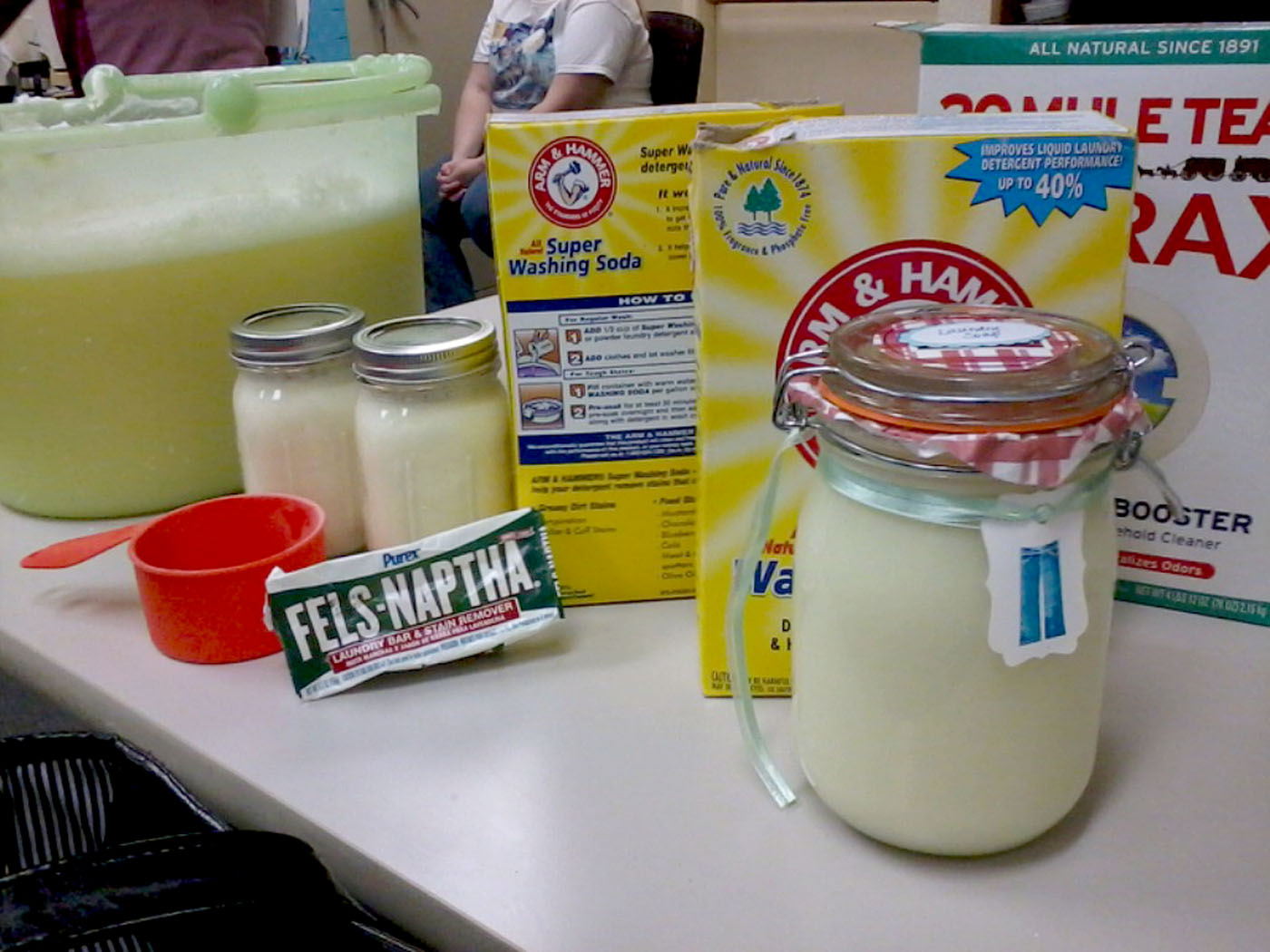
Many homeowners have a go-to regimen when it comes to cleaning the house. Oftentimes cleaners are bought because they are on sale or it’s what your mom used.
With the information available and a flux in consumer disclosure, those excuses no longer fly when it comes to bringing toxins into the home. This is where you bathe your children, put your baby to bed, and pack your husband’s lunch.
Most conventional cleaners contain toxic chemicals that are known to disrupt vital workings in your body; they are absorbed through your skin and inhaled through your mouth and nose. One toxin specifically well-known to wreak havoc on your cells is volatile organic compounds (VOCs) which are emitted as gases from certain solids or liquids. VOCs include a variety of chemicals, some of which may have short and long-term adverse health effects.
Organic chemicals are widely used as ingredients in household products. Paints, varnishes and wax all contain organic solvents, as do many cleaning, disinfecting, cosmetic, degreasing and hobby products. Fuels are made up of organic chemicals. These products can release organic compounds while you are using them, and, to some degree, when they are stored.
Known health effects of VOCs reported by the EPA include:
–Eye, nose and throat irritation
-headaches, loss of coordination and nausea
-damage to liver, kidney and central nervous system
-Some organics can cause cancer in animals, some are suspected or known to cause cancer in humans.
Jessie Sholl from Experience Life reported:
“Rebecca Sutton, Ph.D., a senior scientist at the Environmental Working Group (EWG), explains, “In terms of household cleaners, neither ingredients nor products must meet any sort of safety standard, nor is any testing data or notification required before bringing a product to market.”
We know why working with chemicals in our daily cleaning tasks is damaging, but what’s the alternative?
Vinegar and baking soda is the answer, simply put. There are ways to tweak the ratios to suit different purposes, but by using these two simple and cheap ingredients, it can give you a lot more time on this earth to spend in that squeaky-clean house.
The Bureau of Labor Statistics reported in 2015 the average cost of household cleaning supplies in the U.S. was $643. Money Talks News projects that one could “save $300 a year on cleaning supplies” if cleaning solutions are made at home.
So how does vinegar and baking soda keep the home clean? Vinegar has an acidic level of 2.0, which along with the acetic acid creates an environment where micro-organisms can’t live; so, goodbye mold and bacteria.
Baking soda is a salt and a base. It absorbs any odors lingering around and gives a scrubbing effect to the cleaner. When it is combined with vinegar, a chemical reaction occurs that dissolves grease, dirt, and last night’s dinner.
Spruce sheds light on vinegar’s effectiveness: “A 1997 study in the Journal of Environmental Health showed that undiluted vinegar was just as effective as bleach in eliminating E. coli from surfaces and sponges”.
Trying your hand at homemade cleaners can only but improve your health and finances. There are plenty of recipes available online, so finding one that suits you is a sure bet.
And here is a recipe from Keeperofthehome.org to get you started!
HOMEMADE ALL-PURPOSE CLEANER
1/2 c white vinegar
2 Tbsp baking soda
10 drops tea tree, lavender, or lemon essential oil (for their disinfectant properties)
Mix the vinegar, essential oils and a little water before adding baking soda in a clean spray bottle (glass is best). Then fill to top with water. I use about a 12 oz bottle. Gently shake to mix ingredients, and then spray, wipe with a cloth, and allow it to dry.
